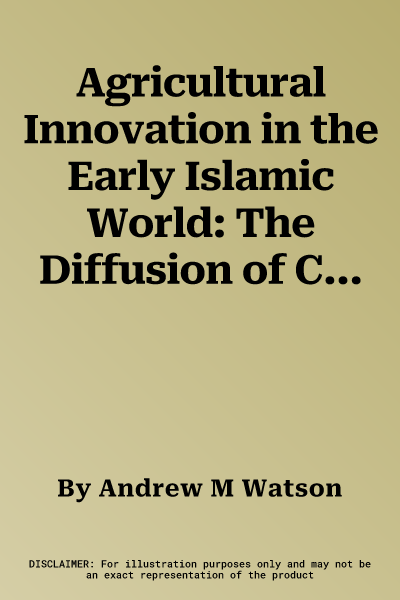Andrew M Watson
(Author)Agricultural Innovation in the Early Islamic World: The Diffusion of Crops and Farming Techniques, 700-1100Hardcover, 30 December 1983

Temporarily out of stock
Free Delivery
Cash on Delivery
15 Days
Free Returns
Secure Checkout

Part of Series
Cambridge Studies in Islamic Civilization
Part of Series
Cambridge Economic Handbooks
Print Length
272 pages
Language
English
Publisher
Cambridge University Press
Date Published
30 Dec 1983
ISBN-10
052124711X
ISBN-13
9780521247115
Description
Product Details
Author:
Book Format:
Hardcover
Date Published:
30 December 1983
Genre:
Middle Eastern
ISBN-10:
052124711X
ISBN-13:
9780521247115
Language:
English
Location:
Cambridge
Pages:
272
Publisher: